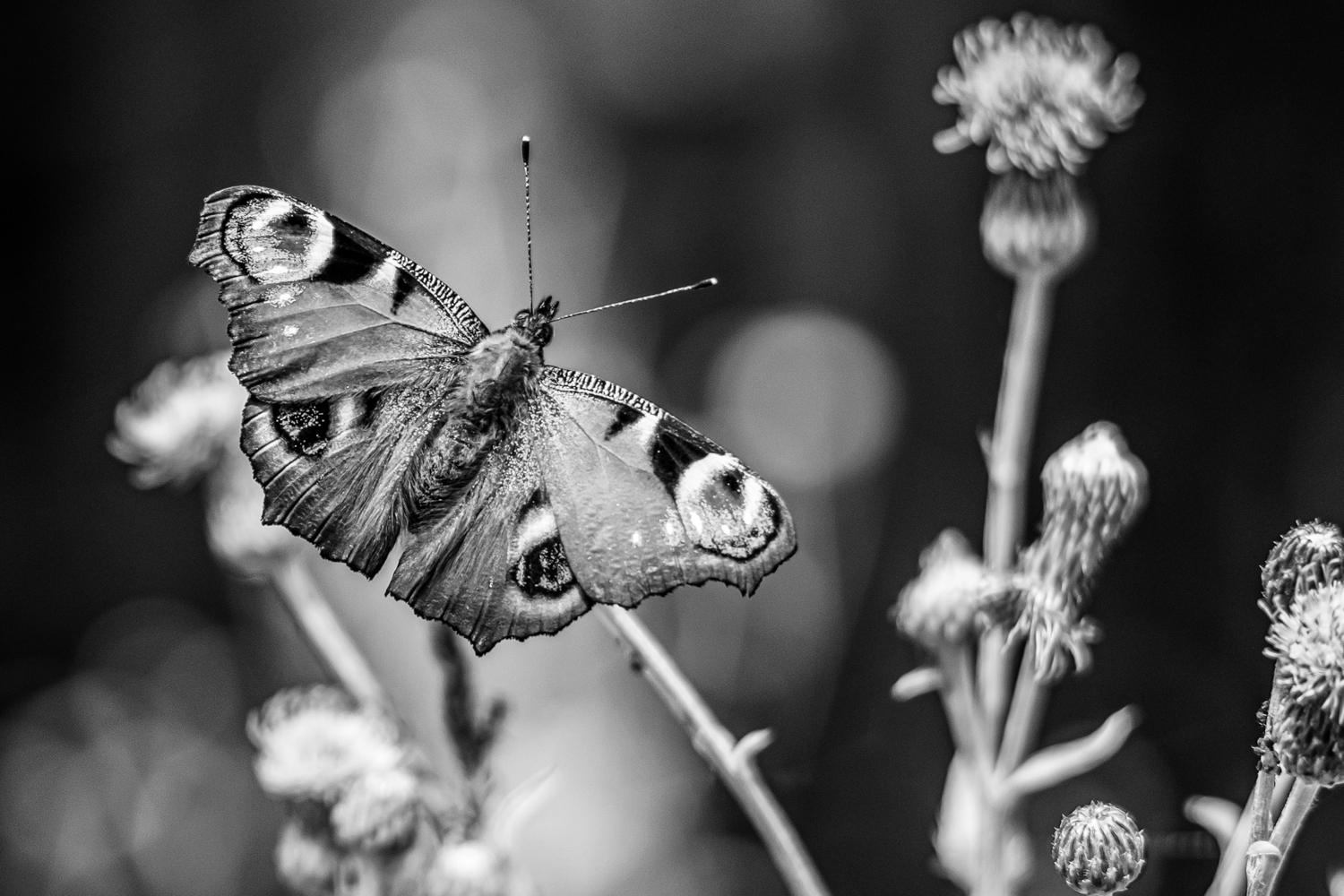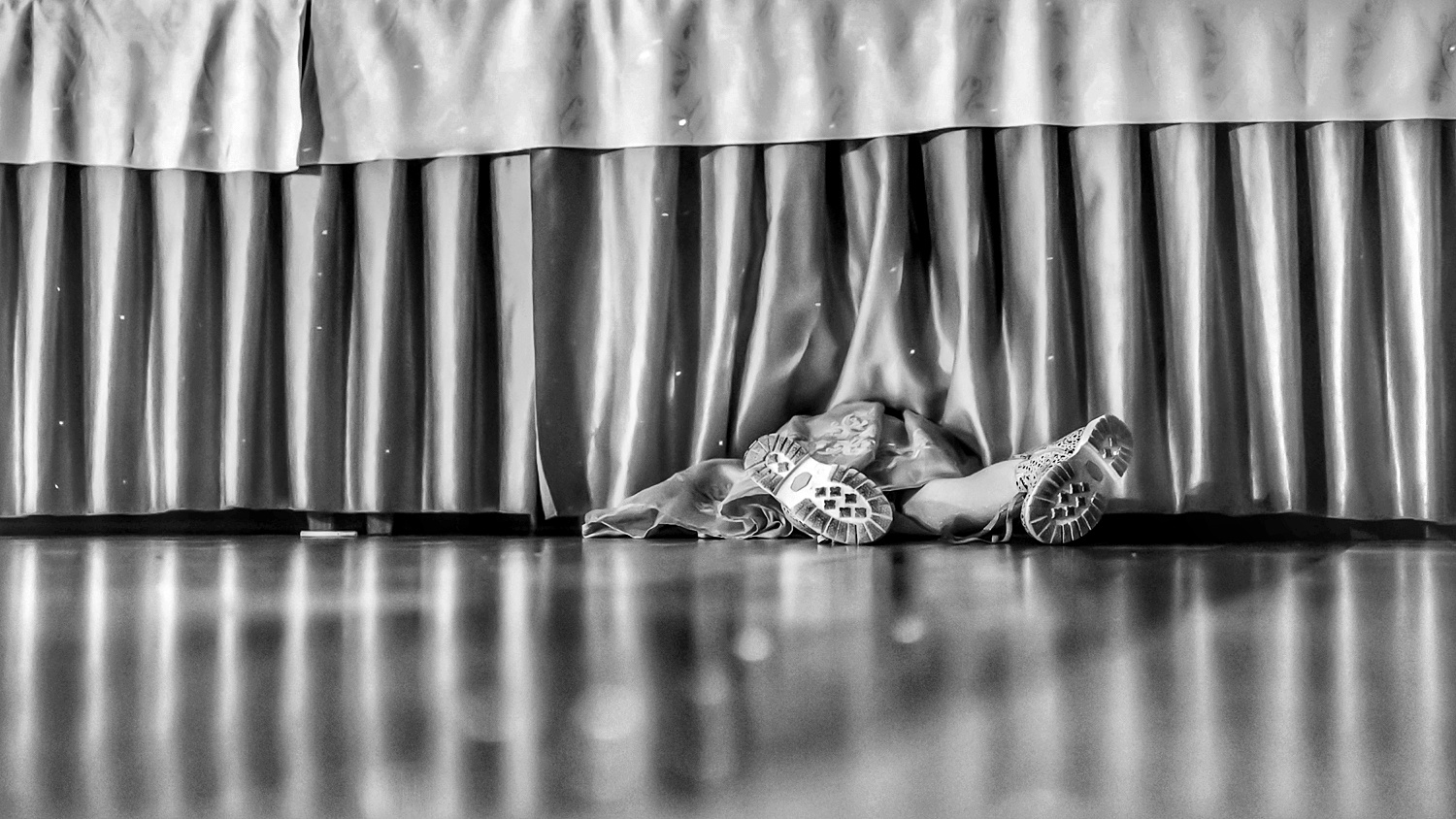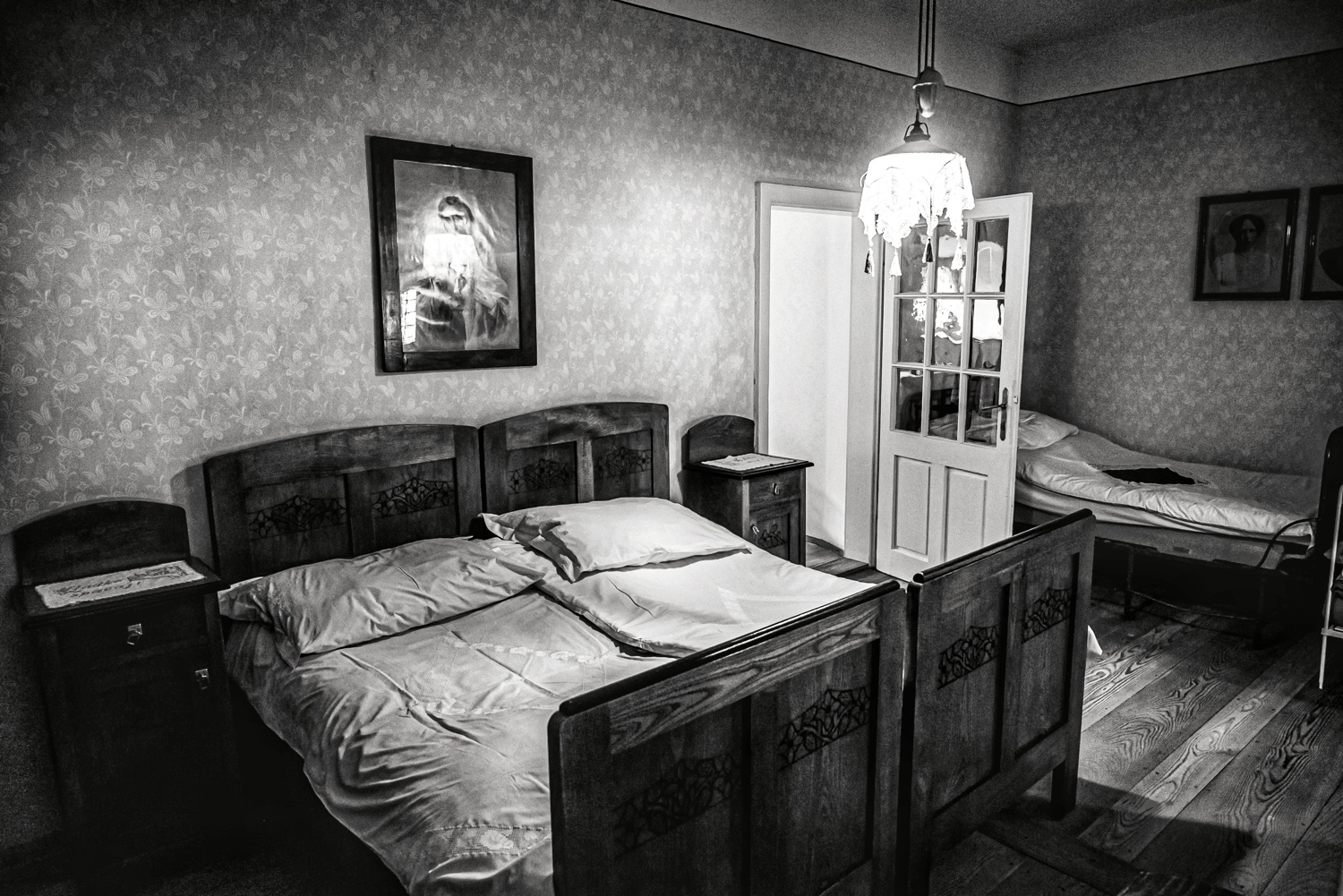
My Journey with Black-and-White Photography: The Magic of Shades of Gray in a World Full of Color
As I immerse myself in the world of black-and-white photography, I uncover a unique dimension of art where all colors merge into magical shades of gray. In this realm, where deep black meets gentle white, endless hues of gray are birthed, bringing depth and emotions in an entirely new manner 😀.
Over a century ago, when photographers began to explore this technique, black-and-white photography was a revolution that allowed moments to be captured for eternity. Even today, amidst a whirlwind of vivid colors and cutting-edge digital technology, many photographers, armed with their tips for black and white photos, still swear by black-and-white photography for its unique qualities.
My way
Though I am not yet a master of this technique, I feel it’s a special form of expression, allowing me to see the world around me differently. Black-and-white photography offers directness and purity, emphasizing contrasts, shapes, and textures. Within the enchanting realm of grayscale, each image serves as an invitation for deeper understanding and interpretation.
I must admit, every time I come across a compelling black-and-white photo, I’m spellbound. The tales that each tone, shadow, and texture tell are captivating. A story without color distractions, where shades of gray enchant and transport us to a world of imagination. Guided by tips for black and white photos, I’ve learned that in a world where color can sometimes be overwhelming, the black-and-white technique offers a refreshing and genuine perspective.
Each attempt, whether successful or not, has been a step forward in my journey. I love how black-and-white emphasizes form, structure, and light. When I remove color, my eyes focus on the foundational elements of composition. This is a challenge and, simultaneously, an opportunity to truly understand what makes a photo powerful.
Though I’m at the beginning of my journey with black-and-white photography, I am excited about what lies ahead. Every image I capture teaches me something. Each mistake shows me where I can improve. And every time I press the shutter, I feel more confident.
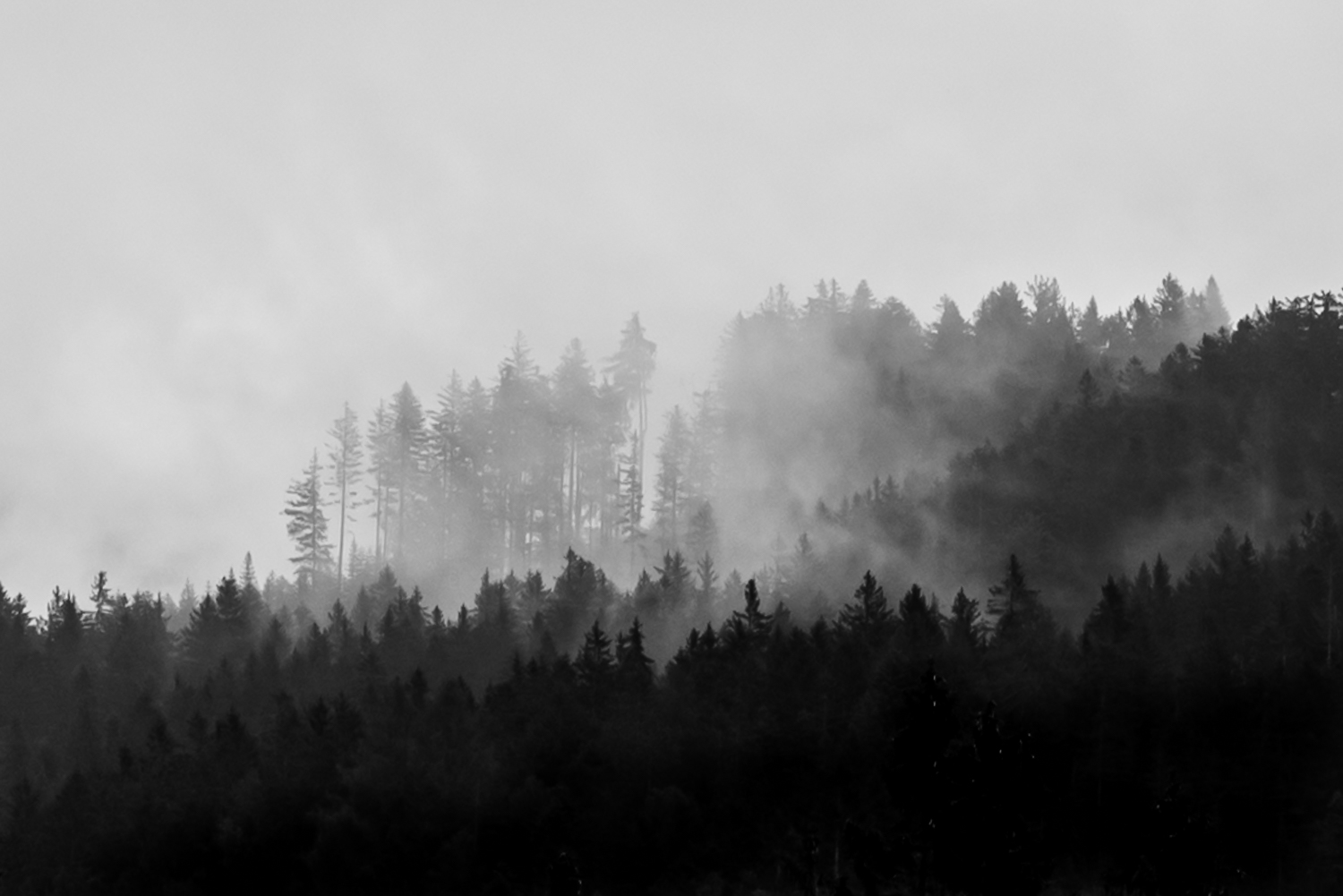
The Aesthetics of Black-and-White Photography
Black-and-white photography has, over time, maintained its allure and charm despite the development of numerous color photography technologies. But why does black-and-white remain so attractive?
Firstly, black-and-white photos emphasize shapes, texture, and light. Without colors to distract, the viewer’s attention is instantly directed to the core visual elements of an image. Textures become more pronounced, shapes become more distinct, and light plays a crucial role in establishing contrast and depth.
Black-and-white also evokes a strong emotional response. Because of its fundamental nature and lack of color, a black-and-white picture can swiftly convey a mood or emotion without relying on color tones. This can heighten drama, nostalgia, or even the intensity of a moment.
Lastly, there’s the aesthetic simplicity. In a world where we’re often bombarded with colors and information, black-and-white offers a refreshing sense of minimalism. This simplicity can highlight beauty in the most basic elements, creating a strong visual statement.
All of these are reasons why black-and-white photography hasn’t lost its place in the hearts of photographers and art enthusiasts. There’s something magical in it that transcends time and technology, connecting us with the fundamentals of visual expression.

Most Popular Types of Photos for the Black-and-White Technique
In the world of photography, the black-and-white technique serves as a tool that can accentuate various elements in different contexts. Here, we discuss some of the most popular types of photos that beautifully align with the black-and-white technique:
Portraits
Using black-and-white in portrait photography creates a focus on emotional depth and facial expressions. Colors can sometimes distract from the subtleties of facial expressions and features. But when centered on light and shadow alone, emotions and facial features are emphasized, creating a deeper and more intimate piece.
Landscape Photography
Landscape shots in black-and-white turn into something dramatic and timeless. This approach allows the photographer to emphasize contrasts, textures, and lines provided by nature. Elements like clouds, water, or trees can gain a new, almost magical dimension, immersing the viewer in a profound atmospheric experience.
Urban Photography
Within the context of urban photography, black-and-white emphasizes the architecture and structure of a city. By removing colors, lines, and forms, they become clearer, allowing architectural details and geometric patterns to stand out, thus creating strong and visually engaging images that depict the aesthetics of urban environments uniquely.
Documentary and street photography
Black-and-white has always been a favorite in documentary and street photography, as it captures the immediacy and raw reality of the moment. In this genre, photography manages to chronicle life stories, culture, and the ambiance of streets in a manner that can sometimes surpass the narrative power of color photographs. Photographers can, with this technique, capture spontaneous and genuine moments that genuinely depict the human experience.
Black-and-white remains one of the most popular and influential approaches in the photography world, providing a deeper and more focused visual message across different genres. As I continue on my journey, equipped with my camera and the invaluable tips for black and white photos, I am excited to delve deeper into the shades of gray in a world full of color.

Black and White Photography: More Than Just a “Backup” Technique
When we think of black and white photography, we often imagine the classic scenes that have become synonymous with this technique: iconic portraits, high-contrast landscapes, and powerful documentary shots. But in today’s digital age, where color photography is the norm and software easily transforms color photos to black and white, there’s a risk of treating black and white as a fallback or even a way to “save” a failed shot. Here, tips for black and white photos can be incredibly beneficial in enhancing one’s approach.
However, black-and-white photography shouldn’t be just an alternative or a tool to cover mistakes. While removing color can emphasize certain elements or hide some flaws, the purpose of black-and-white photography is much deeper. It’s an art form requiring thoughtful consideration and an understanding of its fundamental elements. For beginners, tips for black and white photos offer a foundation to begin their journey with clarity.
There are many rules in the black-and-white technique. These are guidelines directing photographers to produce powerful and visually appealing images. These guidelines include understanding contrast, light and shadow, shapes, and textures. Black and white also demands a deeper comprehension of composition since we can’t rely on colors to guide the viewer’s eye or emphasize parts of the image.
Any photographer venturing into black and white should do so with a full understanding and respect for the medium. Tips for black-and-white photos can be a stepping stone towards achieving this comprehension. It’s not just a technique but a mode of expression with its history, tradition, and set of rules. Before hitting the convert button, ask yourself why you want to do it and how the change will enhance your work. Approached rightly, black and white photography can truly come alive, telling stories that are uniquely its own.

Tips for Aspiring Black and White Photographers
If you’re drawn to black and white photography, here are some beginner tips to help you further explore this genre:
Think in Tone
As you begin seeing the world through the lens of black and white, focus on the grayscale tones, not colors. Look for contrasts, which will add depth and intrigue to your shot. Visualize how colors translate into grayscale to predict the final look.
Experiment with Different Lighting
Lighting plays a crucial role in setting the mood of a black-and-white photo. Soft morning or afternoon light offers subtle shadows, while direct noon light creates strong contrasts. Try shooting the same scene at various times to observe the changing light.
Use filters
Though more traditional in the analog world, filters can also be applied digitally. For instance, a red filter can enhance clouds against a blue sky, while a green one can soften skin tones. Modern digital cameras and software also allow for post-production virtual filter applications.
Post-production
Editing black-and-white photos gives you a chance to really emphasize your vision. Focus on adjusting brightness, contrast, shadows, and highlights. Software like Adobe Lightroom and Photoshop lets you make precise and localized adjustments.
Learn by viewing
Study the works of famous black and white photographers like Ansel Adams or Henri Cartier-Bresson. Analyze their use of light, shadow, and composition. Whether through books, galleries, or online collections, analyzing art is invaluable.
Practice
Like any skill, photography needs practice. Every click teaches you something. Don’t fear mistakes, as they often provide the best learning opportunities. With time, you’ll develop your style and intuition. It’s important to remember that this is not just a technique but an art form—whether you’re using zoom blur or exploring fine art photography. Like any medium, it requires dedication, practice, and a willingness to learn.
I hope these insights help you grasp the depth and intricacies of black-and-white photography and encourage further exploration and learning.
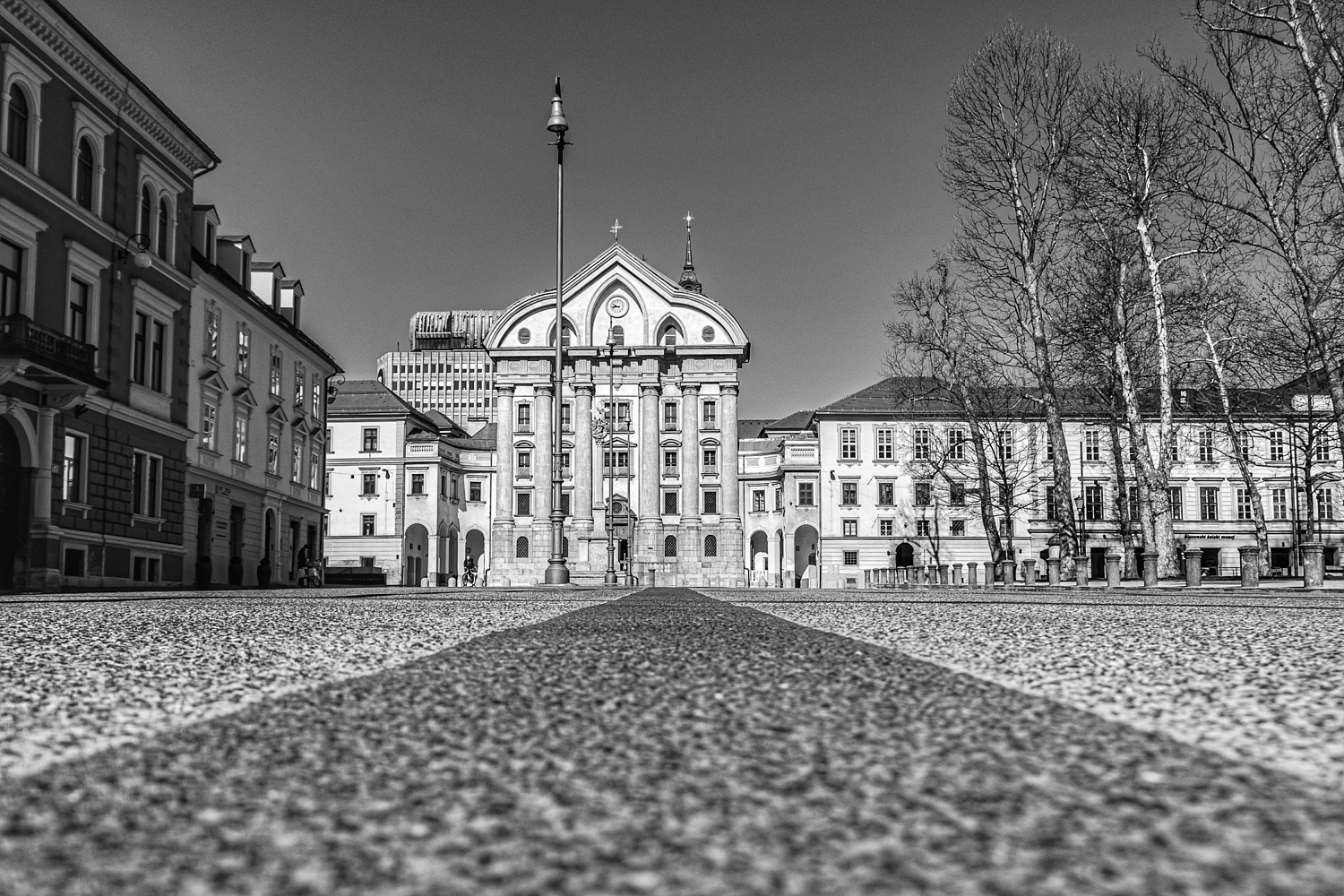
Reflections in Grayscale: Concluding Thoughts on My Black and White Journey
Reflecting on my journey with black and white photography, I realize this art form is more than just the absence of color. It’s delving into the essence of photography, where each grayscale shade reflects an emotion, moment, or story. Tips for black and white photos have played an invaluable role in shaping my approach to and understanding of this technique. In our modern age, constantly bombarded with colorful images and information, black and white remains timeless, classic, and uniquely its own. It offers us a chance to focus on details that might otherwise be overlooked.
I’m uncertain where this journey will lead me in the future. Such is the nature of my life. But I know black-and-white photography continues to beckon and inspire. Through my grayscale experiments, I’ve discovered a unique beauty in simplicity unmatched elsewhere. But like any artist on their journey, I too thrive on feedback. So, dear readers, I earnestly seek your constructive critiques. Every comment, suggestion, or remark is treasured. With your help, I can only get better and further evolve in the world of black-and-white photography.
I invite you to embark on your black-and-white journey as well. Whether you are a seasoned photographer or just starting, this technique offers something special for everyone. Grab your camera, set it to black and white, and let the grayscale shades transport you to a realm where anything is possible 😀. Happy shooting 📸.

